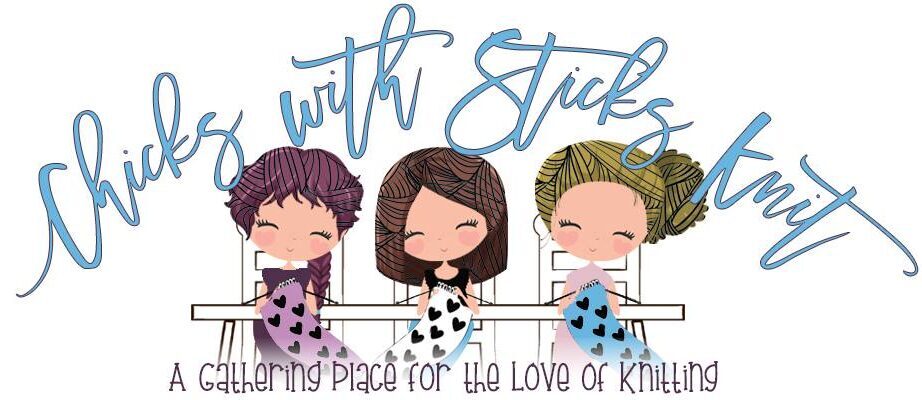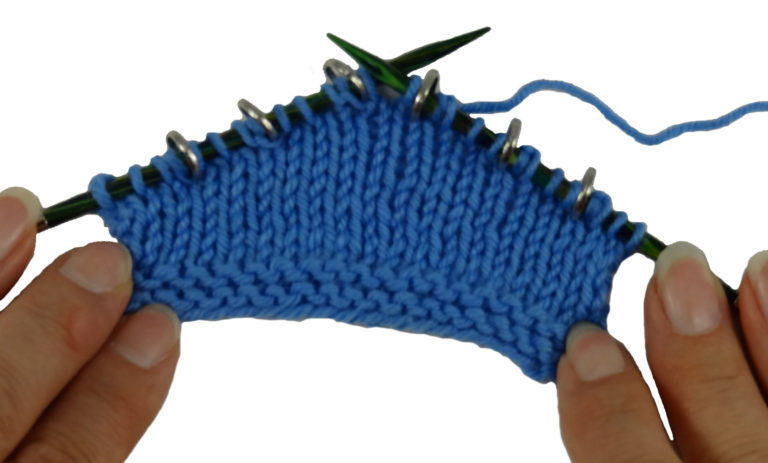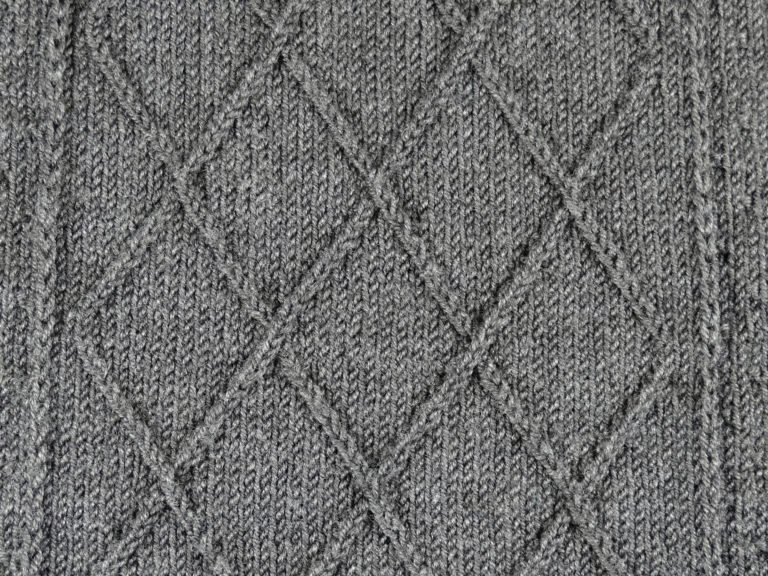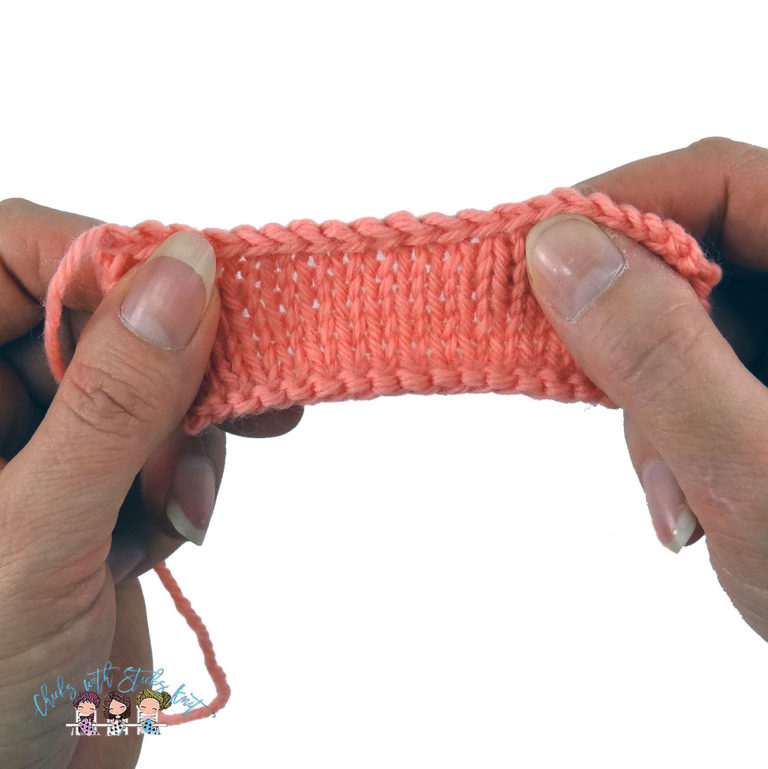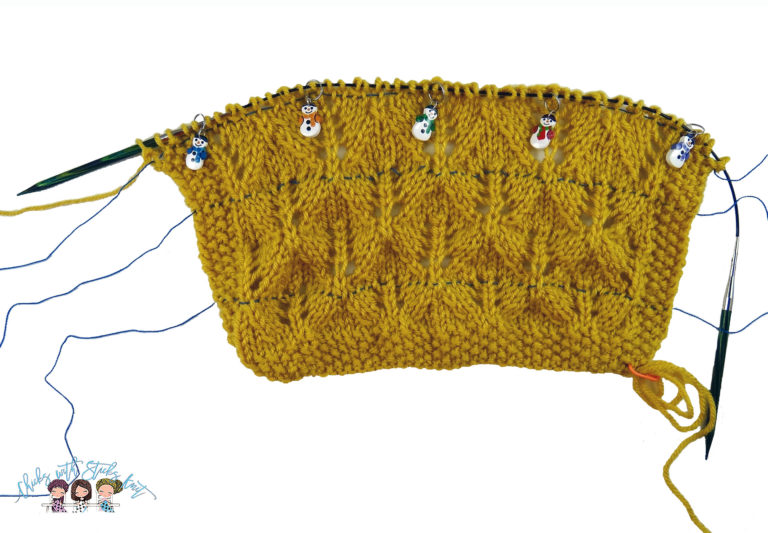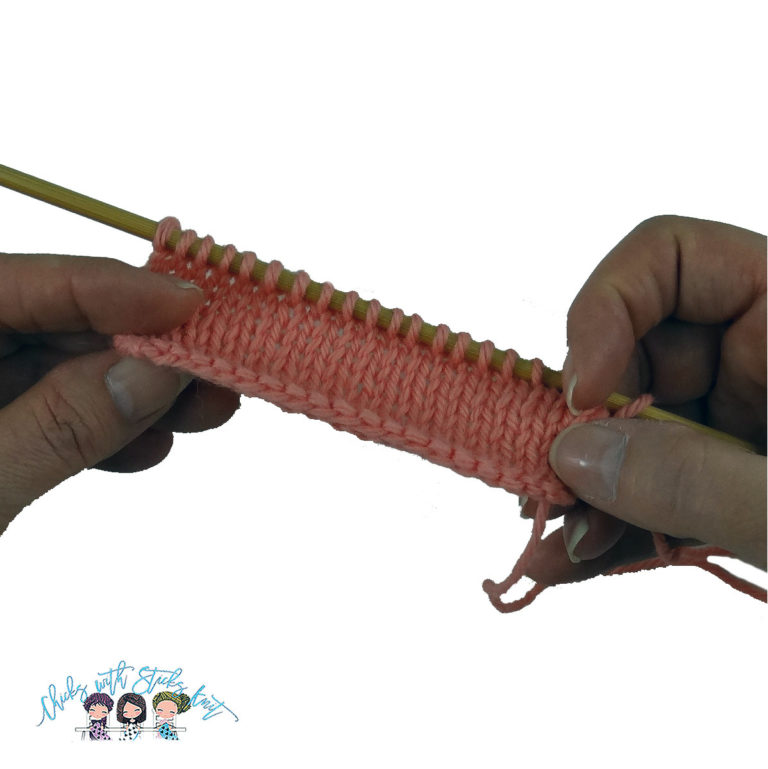How to do a Knitted Cast On
Casting on stitches in order to knit is the first thing that must be done in order to actually knit. There are dozens of cast ons to choose from. Some are basic and can be used on just about any project and there are some specific cast ons that are for special purposes. The Knitted Cast On is a very popular and basic cast on. It is popular with beginners as it mirrors the knit stitch. Choosing a cast on is personal preference, however patterns may call for a specific cast on for a reason. For example, some patterns call for a provisional cast on because the stitches are held temporarily to be knit later.
A good cast on is important to create a stable edge. Sometimes a cast on can be performed too loosely which creates less stability and your work can flair out. Most often, cast ons are done too tightly which makes it difficult to work the first row. It can also pull the work in. If the cast on is too tight it may be pulled causing the yarn to break. To help prevent a tight cast on, try casting on with a needle one to two sizes larger than the pattern calls for. Alternatively, you can hold two needles together to help create some extra space. For example, If I am using a size seven needle, I might add a needle about a size four to create a little bit of extra space for the cast on.
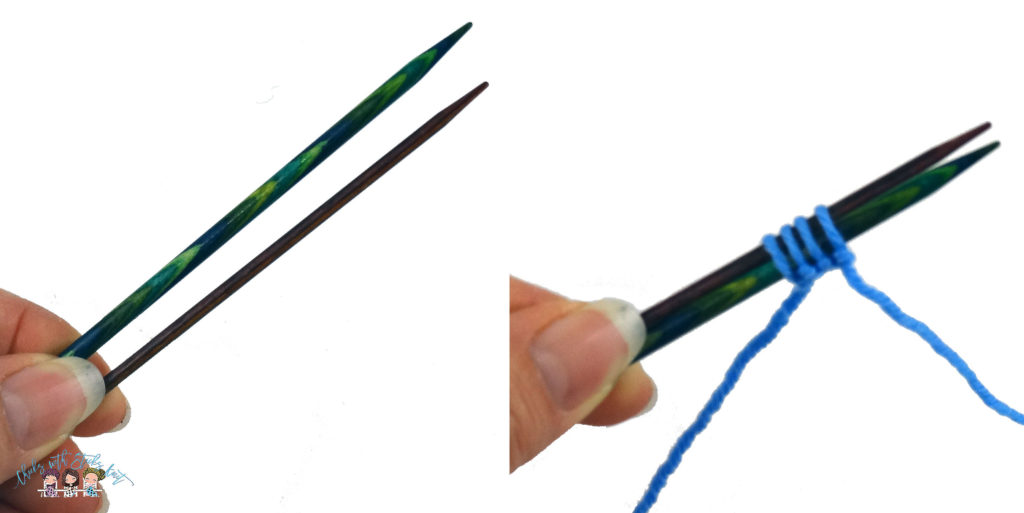
Another tip that is helpful, if a large number of stitches need to be cast on, is to place markers every ten stitches to make counting easier. I just slip the markers on as I go. Removable stitch markers are nice because you can move them if they accidentally end up in the wrong place. Also, removable stitch markers can be removed before knitting the first row.
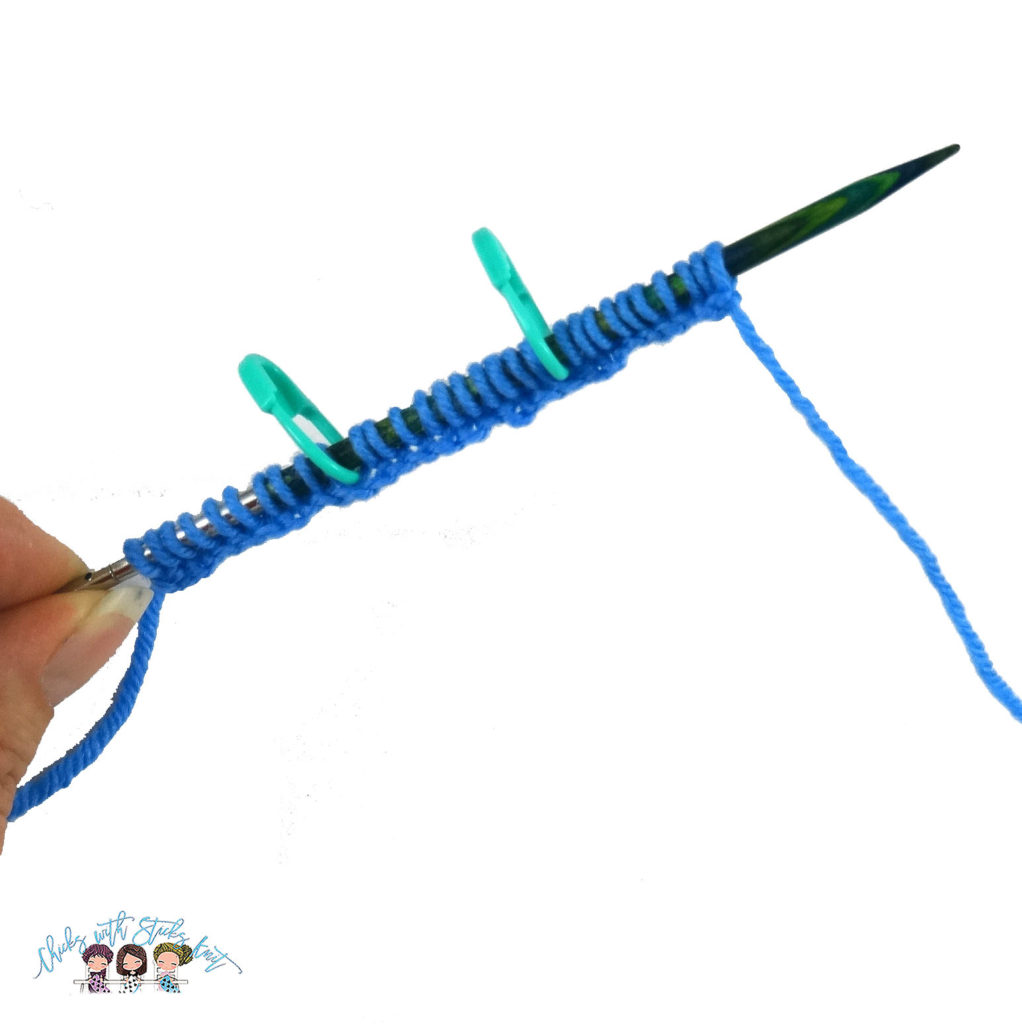
I will demonstrate how to perform the Knitted Cast On
Step 1: Make a slip knot and place it on the left needle.

Step 2: Insert the right needle into the first stitch as if to knit.

Step 3: Wrap the yarn around the right-hand needle and draw the yarn through.
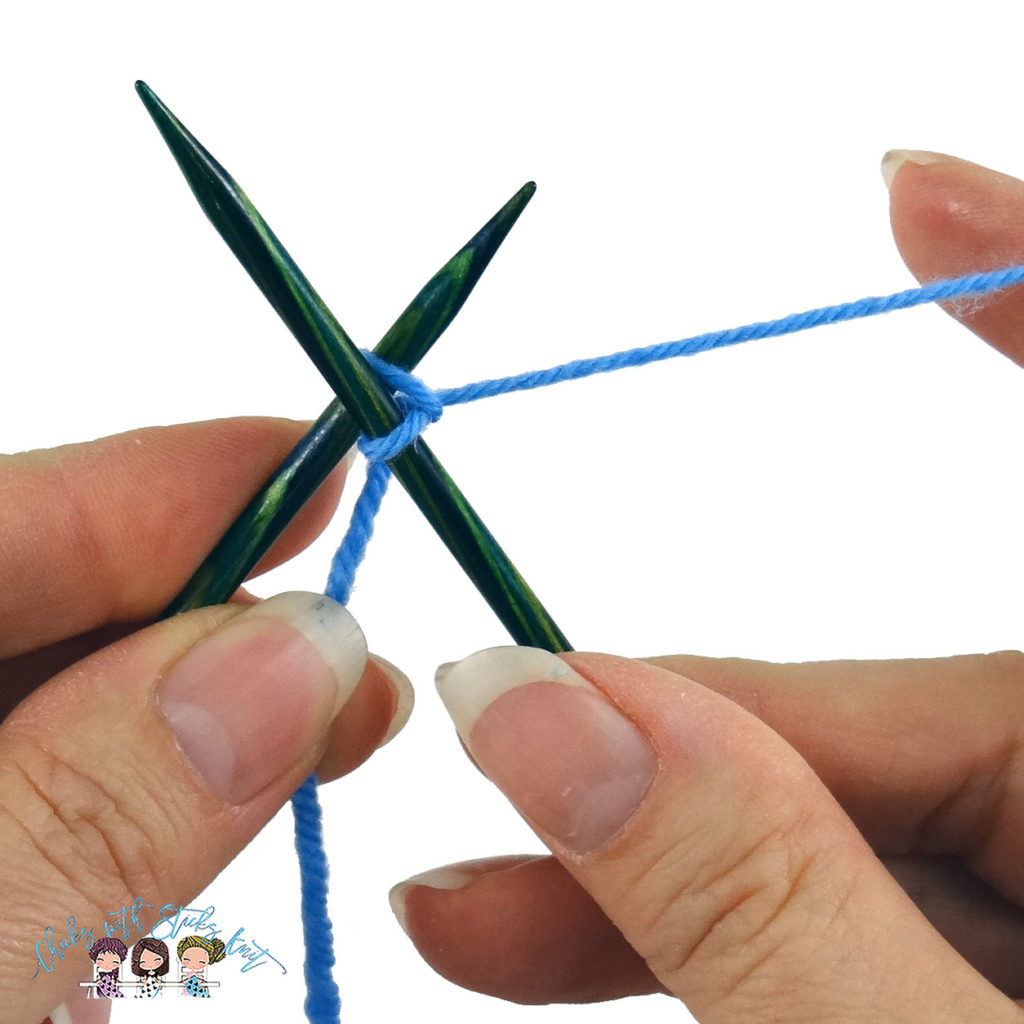
Step 4: Slip the stitch onto the left-hand needle by placing the tips of the needles parallel and slipping the left needle under the stitch from the bottom up. This method adds a twist to the stitch and gives it more stability.

Step 5: Repeat until the desired number of stitches have been cast on.
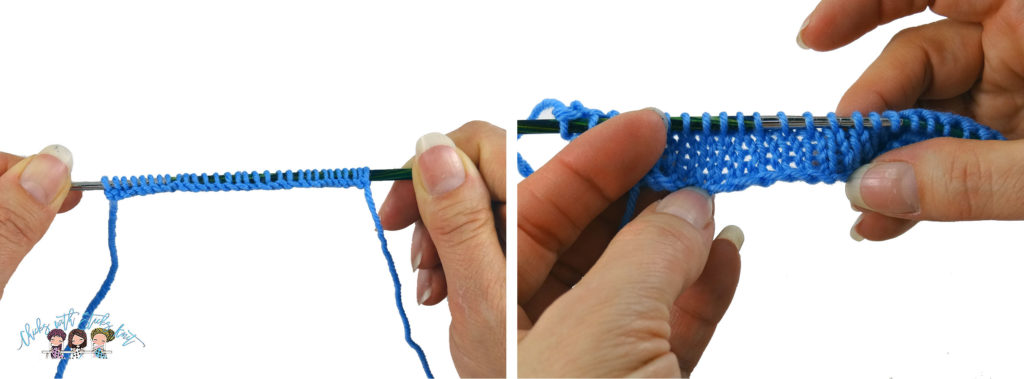
A knitted cast on is a good, basic, standby cast on that is fairly common. It is easy to do, and it works well for many projects. The cast on edge looks good from both sides. It works well when stitches are added at the end of a row. Let me know in the comments, if this is your preferred cast on. Was it also the first cast on you learned? I love to hear about your knitting projects!
Knit with Love my Friend,

